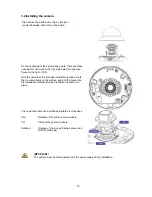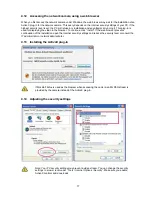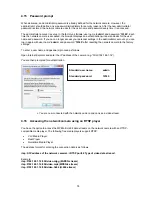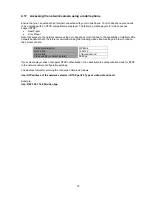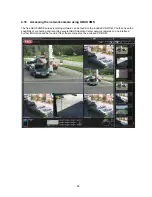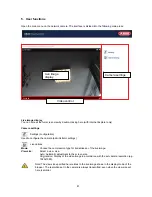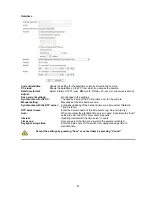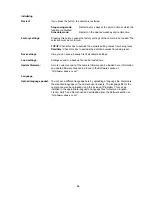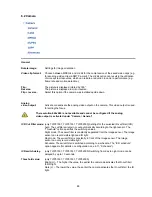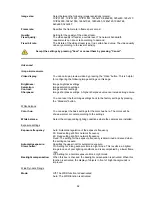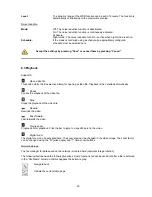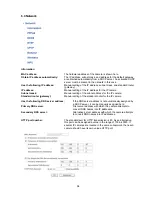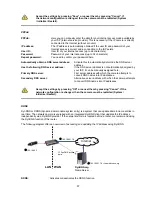
82
Protocol:
Allows you to select a transmission protocol for data transfer between the client and the server. The
following protocol options are available for optimizing the application: UDP, TCP, HTTP.
The UDP protocol gives you a larger number of real-time video streams. However, some data packets can be
lost due to the large data volume in the network. Pictures may be unclear in this case. The UDP protocol is
recommended if you have no special requirements.
With the TCP protocol, fewer data packets are lost and the video display is more accurate. However, the
disadvantage of this protocol is that the video stream is transmitted at a lower frame rate than the UDP
protocol.
Use the HTTP protocol if the network is protected by a firewall and only the HTTP port (80) is available.
The selection of the protocol is recommended to be made in the following order: UDP – TCP – HTTP
This function is only available when using Internet Explorer.
Video buffer:
Activate the video buffer if your line has low bandwidth. Image data is saved temporarily in the
network camera for clearer transmission, meaning the image delay is increased.
This function is only available when using Internet Explorer.
Summary of Contents for TVIP31001
Page 95: ...95...



